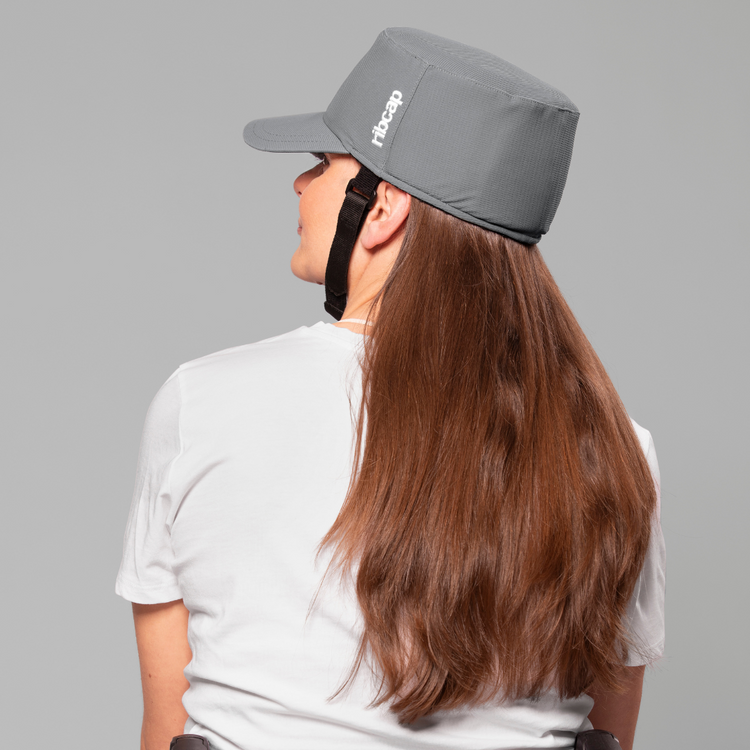Discover effective strategies for reducing the risk of falls among older adults. Learn practical tips and support methods to improve safety, prevent accidents, and create a safer environment for older adults.
A Guide to Fall Prevention For The Elderly
Fall prevention is never a joyous topic, but it’s an essential discussion to have should you or a family member need further support or fall prevention strategies in the near future.
The Facts
The National Council On Aging (NCOA) illustrates the dangers of a fall by providing facts from the U.S Centers for Disease, Control and Prevention. They disclose that 1 in every 4 American adults aged 65+ falls each year, every 11 seconds an older adult is treated in an emergency room and every 19 minutes an older adult dies from a fall.
Falls result in more than 2.8million injuries in emergency departments annually including 27,000 deaths.
Health conditions that widely affect the elderly such as Parkinson’s disease and Dementia plus weaker joints and low muscle tone due to ageing can lead to unpredicted falls. Whatever the reason for the fall, it is important to arrange prevention strategies before a fall occurs.
Prevention Strategies to Reduce the Chances of a Fall
- Gently Increase Physical Activity
Gentle and/or assisted exercise helps to strengthen muscles, improves balance and creates supple joints, and as a result, the person will reduce there chances of falling. Walking, swimming or gentle dance are great methods of exercise. For assisted exercise, you can contact a physical therapist who can arrange a gentle exercise program for you or your family member.
- Wear Practical Shoes
Shoes can be overlooked when taking prevention from falling, nevertheless, a good pair of sturdy shoes can help the person to avoid slips and trips that could happen in slippers and sandals etc. Another suggestion is to purchase a pair of indoor shoes with a slip-resistant sole. Socks or stockings can make a person slip or stumble so a pair of comfortable indoor shoes can be worn all over the house to prevent a fall from happening.
- Remove Hazards
For those who are at high risk of falls, the person’s home may need to be addressed to make it less hazardous. Removing central coffee tables, boxes, rubbish bins, electrical cords from regular walkways. Place all kitchen equipment and utensils within easy reach including food, magazines and toiletries for each use. Ensure any carpets, rugs or floorboards aren’t loose with rugs being double taped or tacked in place to reduce the chances of it lifting. For the bathroom, you can add non slip mats, add elevated toilet seats,bath seats and walk in showers.
- Light Up Dark Spaces
A person may wake up early when it’s dark out or find that they struggle to find their way back into bed after turning the lights off. A few preventative measures such as adding lamps to easy access areas, switching old fashioned light switches for glow in the dark switches and placing flashlights in draws in case of emergency power cuts can all reduce the chances of a fall.
- Reduce Damage of a Fall
Your doctor may suggest a walking cane to assist the person when outside. Handrails, raised toilet seat, toilet armrests or grab bars, and handheld nozzles for the shower can aid assistance and reduce the risk of an unexpected fall.
For a person who lives alone or is at a high risk of falling, protective headgear may be required to offer complete protection for the user and less worry for the family who cannot be around 24 hours a day.

Ribcap protective soft beanie helmet hats offer a full 360° protection to eliminate any worries the person or family member may have. They are uniquely designed to fit comfortably, are air light, breathable and look like a regular hat.
To see which Ribcap is perfect for you, click here.



